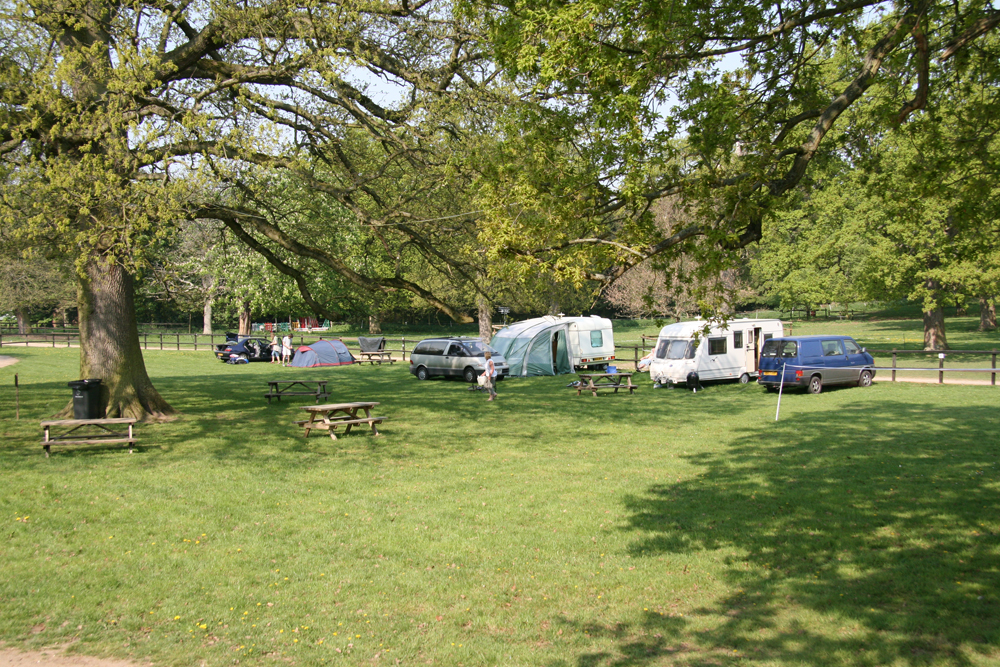Set in the beautiful Strumpshaw Hall grounds, there is plenty of room for all types of caravan's, motorhomes and tents. With a minutes walk to countryside roads and forests, the hall grounds is the ideal place to come and relax and get away!
The cost is £12 per night + £3 EHU per night, and you can pay by cash or card. The campsite is closed from November 30th 2024 to March 1st 2025.
To book our campsite during an event, please contact the event organiser.
Email us to place a booking or for more info - you can also call us on 01603 717936

Strumpshaw is a small Norfolk village; the home to 500 residents and the envy of property developers. Its 1350 acres is a buffer zone for the well-developed neighbourhoods of Brundall and Lingwood. Two pubs flourish, engine enthusiasts flock to its steam museum and bird-watchers descend on the RSPB reserve of Strumpshaw Fen. On May Bank Holiday, all roads for steam enthusiasts lead to Strumpshaw.
Every Boxing Day morning the 'poor' of the village gather at the porch of St Peter's church, each to receive a share from four bushels of wheat. This Strumpshaw tradition, unbroken for 250 years came from the last will and testament of a local farmer, William Black, who died in 1756, decreeing the distribution should be made from his estate forever.
William Black's benefaction is a most tangible link with the past of this remarkable village. Its geographical fate was fixed during the Ice Age and remains evident to this day through one of the highest viewpoints in the county. At the Domesday survey King William laid claim to his share of Strumpshaw.
For centuries the village survived on agriculture when each ten acres of farmland meant employment for one Strumpshaw labourer and the blacksmith would shoe three horses before breakfast. Now the farmers have gone, yet the fields are fully cropped.
There was a time when the community sustained a dressmaker, undertaker, brick-maker, shoemaker, fish curer and Strumpshaw clay was fired into fine earthenware at Bristol and London.
From the threat of Napoleonic invasion to the risk of nuclear attack during the Cold War, Strumpshaw's geographical contours played an integral part in Britain's defence communications.